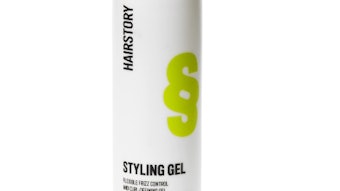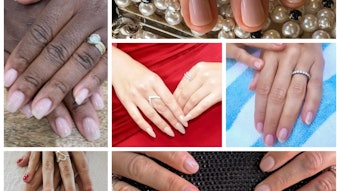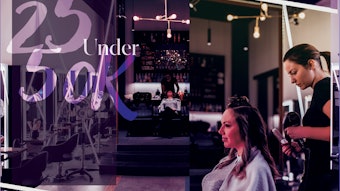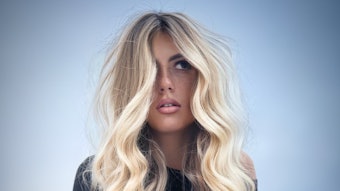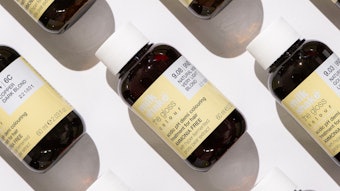 Two salons—one from Manhattan, the other from Orlando—create coifs that revel in duality.
Two salons—one from Manhattan, the other from Orlando—create coifs that revel in duality.
Designers: Julia Jentzsch, Juan Carlos Obando
Products: Salon Ciseaux, Chrystoph Marten Salon
Fashion wunderkind Juan Carlos Obando’s ambitious vision for his runway debut at Fall 2008 New York Fashion Week, “Case Study N.8 ‘Liz Goldwyn vs. Frank Miller,’” drew together an unlikely pairing: socialite Liz Goldwyn, an L.A. fashion fixture with a screen-siren flair, and Frank Miller, the graphic story writer behind such violent visual fests as Sin City and 300. To crown these superhero-meets-socialite sylphs with “sleek, detailed and classic” coifs, Obando handpicked talent from Salon Ciseaux in Orlando, Florida: founders Arlene Webber and Catherine Imbesi, and stylist Christopher Maldonado.
Hyper-reflective strands, either twisted and twined into a complicated Zulu knot, or rolled into a plump, textured chignon, channeled the slick, strong sense of a woman ready to conquer her evil arch-enemies. “We wanted to evoke the feel of a superhero, and we did that with the sleekness and shine of the two distinct styles we created,” says Webber. To weave in the socialite aspect, the Salon Ciseaux team ensured that the styles were “crisp and elegant—two traits that embody socialites,” explains Webber.
On the same day across several Manhattan avenues and streets, designer Julia Jentzsch enlisted the style support of Chrystoph Marten Salon, an über-prestigious biz with a hidden Chelsea location. For Jentzsch’s fall showing, she drew from the Expressionist era between WWI and WWII, citing the bohemianism and art movement of the time as influences. She stressed duality—the clash between the fluidity of the female form and the buttoned-up composure of the masculine construct that dominated women’s workwear during wartime. Marten built upon this idea, explaining, “I wanted the hair to complement the masculine-feminine motif of Julia’s collection. In order to convey a similar tension in the hair, I created a look that’s soft with loose curls, yet at the same time carefully arranged and tightly pinned back. It pays homage to the imagery of factory girls in 1920 Berlin.”





